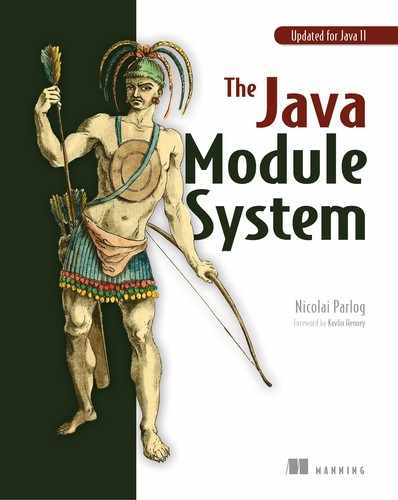Book Description
The Java Module System is your in-depth guide to creating and using Java modules. With detailed examples and easy-to-understand diagrams, you’ll learn the anatomy of a modular Java application. Along the way, you’ll master best practices for designing with modules, debugging your modular app, and deploying to production.
